Retro Replay Review
Gameplay
1942: The Pacific Air War places you squarely in the cockpit of ten meticulously modeled World War II aircraft, each with its own handling characteristics and performance quirks. The absence of an ammo indicator pushes you to monitor your weapons manually, adding a layer of tension that heightens every dogfight. Pilots seeking an authentic experience will appreciate the trade-off: a steeper learning curve, but a far more rewarding sense of accomplishment when you master your aircraft’s behavior.
(HEY YOU!! We hope you enjoy! We try not to run ads. So basically, this is a very expensive hobby running this site. Please consider joining us for updates, forums, and more. Network w/ us to make some cash or friends while retro gaming, and you can win some free retro games for posting. Okay, carry on 👍)
Beyond single sorties, the game offers two full campaigns—one for the United States and one for Japan—as well as standalone missions. Campaign objectives range from liberating key Pacific islands to defending carrier task forces and milling about in escort runs. The branching mission structure means your success or failure influences subsequent engagements, making each decision on the strategic map carry real weight for your air war efforts.
Perhaps the most unique feature is the seamless integration of a real-time strategy layer. At any moment, you can zoom out to an overhead map, view fuel levels and squadron positions, and issue orders to multiple formations. If you see an enemy task force preparing to strike, you can assign fighters to intercept, then instantly jump back into the cockpit of any plane to personally execute your plan. This blend of macro-management and cockpit immersion keeps the gameplay loop dynamic and allows you to play the way you want—strategist, ace pilot, or both.
Graphics
By today’s standards, 1942: The Pacific Air War’s visuals might feel dated, but for its era the game delivered some impressive feats. Coastal islands, palm-fringed atolls, and vast stretches of ocean are rendered with surprisingly detailed textures, and the shifting blue hues of the sea provide a sense of depth and scale. Aircraft models are faithfully recreated, down to the distinctive silhouettes of Zeroes and Hellcats.
In-cockpit views immerse you in cramped, instrument-filled spaces, complete with functional gauges and switches. While there’s no fancy shading or particle-rich effects seen in modern simulators, the simple plumes of smoke, tracer rounds, and explosion animations are serviceable and help convey the chaos of aerial combat. Performance remains smooth on modest hardware, ensuring that dogfights stay intense instead of bogging down in frame-rate dips.
One standout element is the free-camera feature in replay mode, which lets you record missions and then cut together cinematic sequences from multiple angles. Watching your squadron dive through clouds or seeing the sun glint off wing panels during a formation flight adds dramatic flair and gives older visuals a fresh lease on life when you share these mini-movies with friends.
Story
While 1942: The Pacific Air War doesn’t follow a linear, character-driven narrative, it weaves historical context into every mission briefing. You start each sortie with a concise overview of strategic goals—whether you’re escorting bombers over Rabaul or launching strafing runs against enemy airfields. These briefs, delivered via text screens and period-appropriate radio chatter, set the stage for the overarching Pacific theater conflict.
The dual campaigns for the U.S. and Imperial Japan give you contrasting perspectives on the war’s ebb and flow. Flying as a U.S. Navy pilot, you’ll feel the pressure of protecting carriers and maintaining supply lines across thousands of miles. As a Japanese aviator, the emphasis shifts to defensive operations and daring raids aimed at stalling Allied advances. Though there are no in-game cutscenes, the unfolding strategic map and shifting front lines craft an emergent storyline driven by your successes and setbacks.
Narrative engagement largely comes from the personal stories you create in combat. A tense dogfight over Midway or a dramatic carrier attack near Guadalcanal can forge memorable moments far more compelling than scripted plotlines. The game’s commitment to historical authenticity encourages you to imagine the real pilots who flew these missions and the stakes they faced.
Overall Experience
1942: The Pacific Air War offers a deeply engaging package for those who crave both aerial combat and strategic command in a World War II setting. The combination of flight simulation and overhead map controls makes it stand out among other sims of its time, delivering layers of depth that reward careful planning and pilot skill in equal measure. Switching seamlessly between macro and micro views gives you ultimate control over your air campaign, ensuring no two playthroughs feel identical.
Beginners might initially be daunted by the lack of hand-holding—there are few on-screen prompts or waypoints, and you’ll need to master throttle settings, rudder input, and ammo counts on your own. However, the sense of pride when you orchestrate a perfect intercept or execute a coordinated strike on an enemy convoy is hard to match. For simulation veterans and history enthusiasts, this challenge is precisely what makes the game so compelling.
In terms of longevity, the flexible mission editor and recording tools extend replay value far beyond the main campaigns. Experiment with custom engagements, share your highlight reels with friends, or test yourself in increasingly difficult mission scenarios. Although its graphics have aged, the core gameplay remains satisfying, and the blend of simulation and strategy continues to resonate with anyone looking for a robust Pacific War experience.
 Retro Replay Retro Replay gaming reviews, news, emulation, geek stuff and more!
Retro Replay Retro Replay gaming reviews, news, emulation, geek stuff and more!
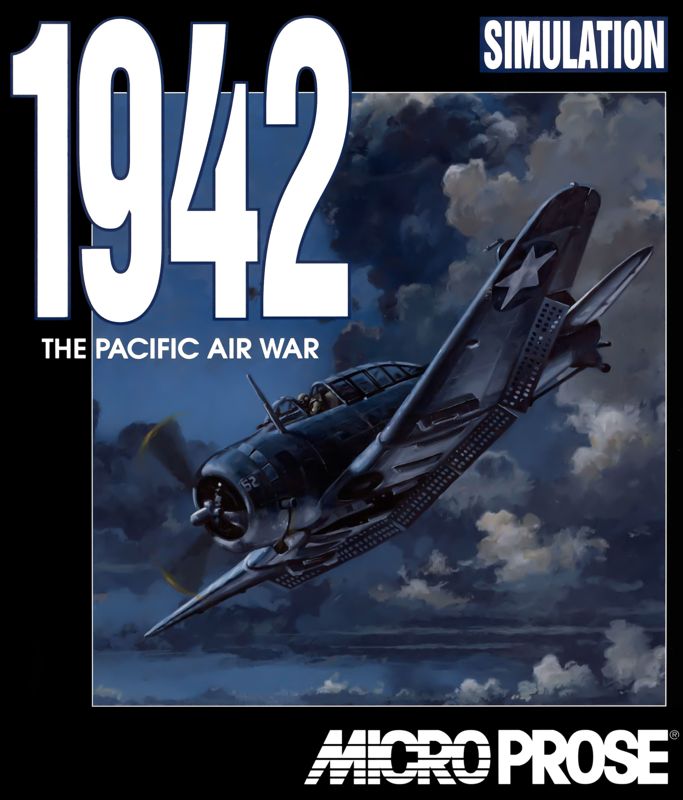
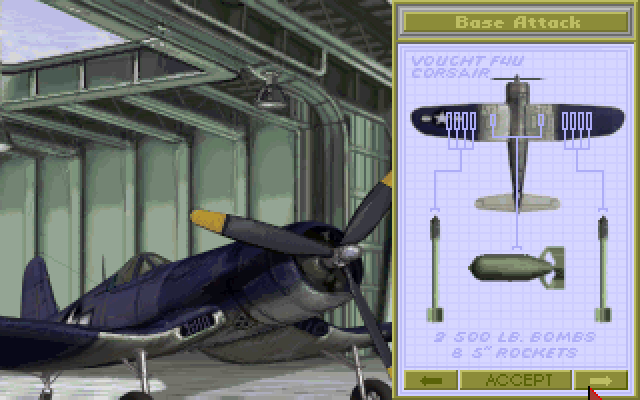
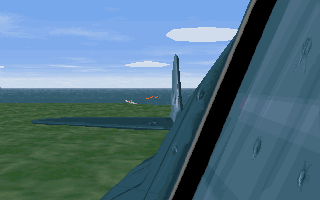
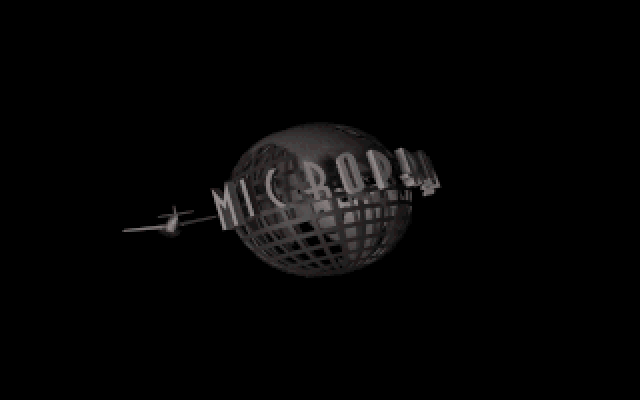
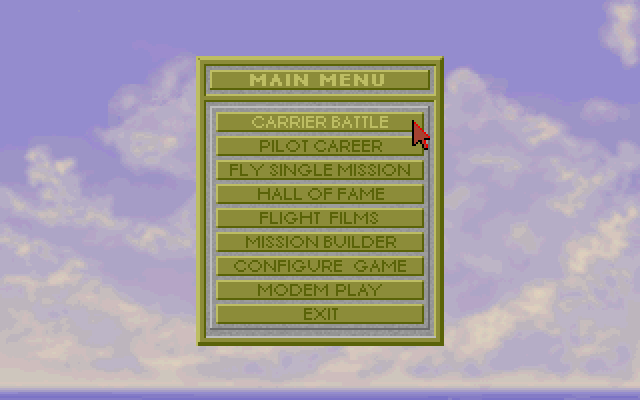
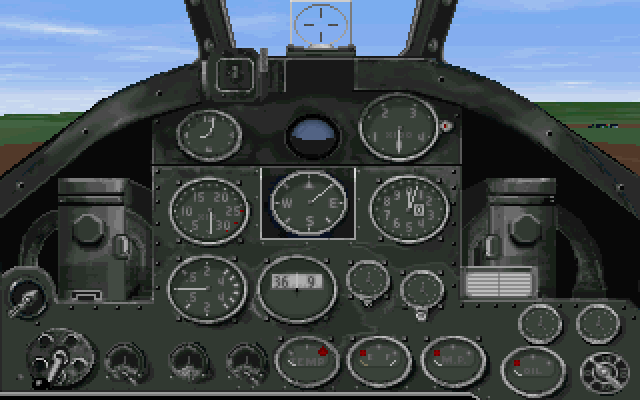
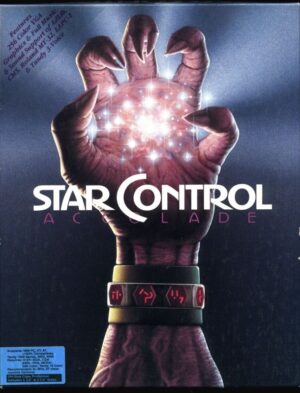


Reviews
There are no reviews yet.